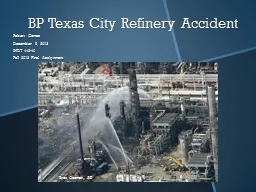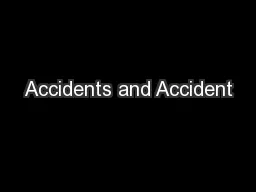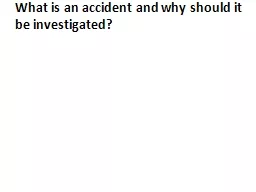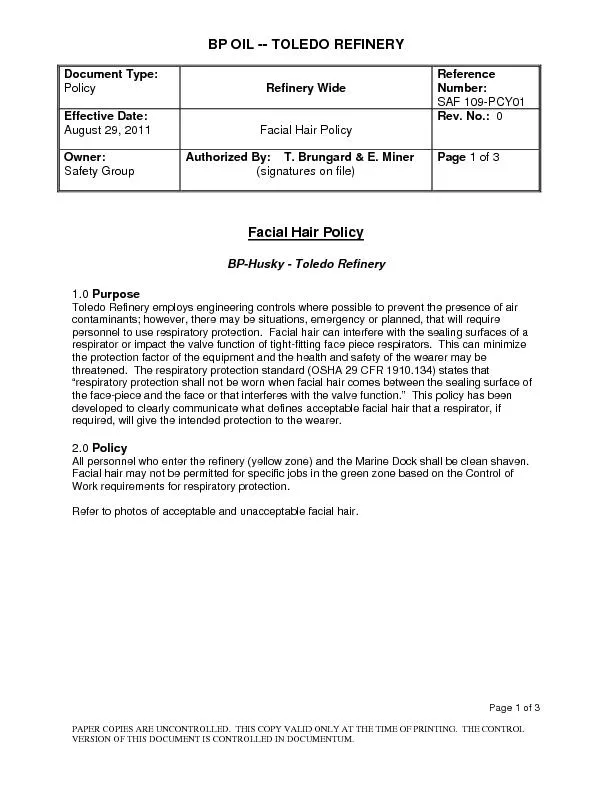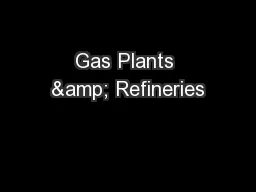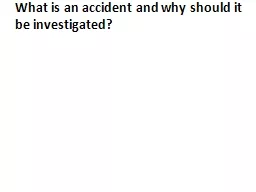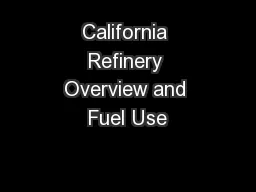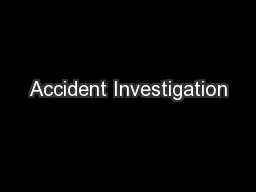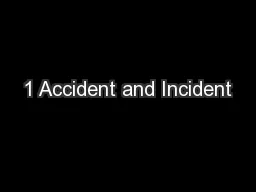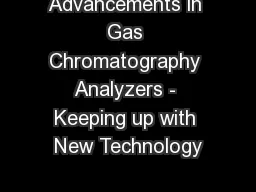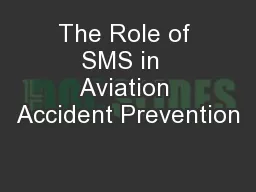PPT-BP Texas City Refinery Accident
Author : conchita-marotz | Published Date : 2017-06-06
Robert Gomez December 9 2013 INDT 44240 Fall 2013 Final Assignment Brett Coomer AP Table of Contents Executive Summary System Description Accident Description
Presentation Embed Code
Download Presentation
Download Presentation The PPT/PDF document "BP Texas City Refinery Accident" is the property of its rightful owner. Permission is granted to download and print the materials on this website for personal, non-commercial use only, and to display it on your personal computer provided you do not modify the materials and that you retain all copyright notices contained in the materials. By downloading content from our website, you accept the terms of this agreement.
BP Texas City Refinery Accident: Transcript
Download Rules Of Document
"BP Texas City Refinery Accident"The content belongs to its owner. You may download and print it for personal use, without modification, and keep all copyright notices. By downloading, you agree to these terms.
Related Documents

